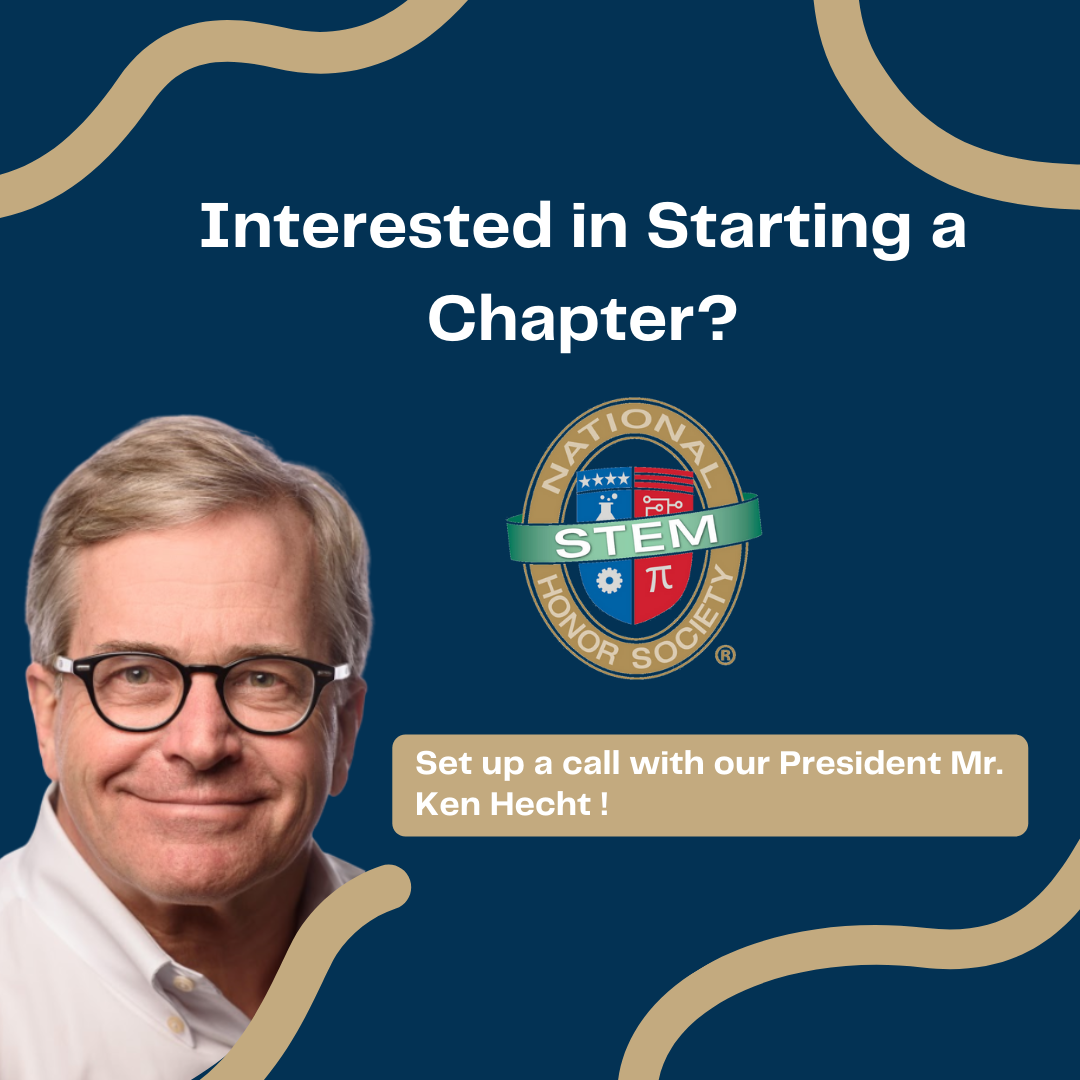
Middle school is a pivotal time for young learners to engage with hands-on learning experiences that shape their understanding of the world. An impactful endeavor to embark on today is a composting journey. Composting reduces waste and teaches important lessons about environmental sustainability and the interconnectedness of ecosystems and organisms. If you are a middle school teacher eager to introduce composting to your students, here are three essential projects to kickstart your composting journey!
1. Compost in a Bag
In this activity, middle schoolers will make compost out of organic material such as food. First, they’ll create an Earth-like environment with dead plants, food, and soil in a Ziploc bag. Then, they will mist their materials thoroughly with water and close them tightly to contain the moisture. After waiting for the contents to decompose in the sunlight outside, students will see the effects of real-life composting. This activity showcases the fantastic nature of biodegradation, a crucial process for Earth’s productivity!
Activity link: Compost Bags – Agclassroom.org
Materials needed: Ziploc bags, tape, decaying materials, scissors, soil, spray bottles, and gloves.
2. Plant Growth Comparison
In this activity, middle schoolers will compare the total growth and growth rates of plants grown in regular soil vs. plants grown in compost. First, they will plant seeds of the same variety in a pot of each substrate. After waiting for them to grow and documenting their growth progressions, students will see the difference between plants grown in regular soil vs. compost. This activity is a hands-on way for students to discover the nutrient-filled nature of compost!
Activity link: Plant Growth Comparison – Huffpost.com
Materials needed: plant seeds, pots, soil, compost, and water.
3. Environmental Lunch
This activity for middle schoolers involves discovering what students can actually turn into compost from their school lunches. After bringing in their trash from lunch, they will find just how many items in their lunchboxes are compostable. They will then log these materials to understand how they can work towards more sustainable lunches! This activity is an excellent method to show middle schoolers exactly how to pick compostable and non-compostable materials.
Activity link: Environmental Lunch (Activity 3) – Cvswmd.org
Materials needed: lunch discards, four buckets, and markers.
With these three essential projects, your middle schoolers can start a rewarding composting journey that reduces waste and cultivates a culture of environmental awareness and responsibility. It is so important for students these days to understand the power of ecosystems and ecological interactions. So, let’s turn organic waste into a valuable resource and nurture a greener, more sustainable future for generations to come!
By Tyler King
Do you want more resources on the topic of composting activities? NSTEM’s vast resources database provides thousands of searchable STEM resources by category, school level, and state. This comprehensive library includes info on enrichment activities, curricula, internships, scholarships, and more. Check out a free sampling here. Or get an NSTEM membership today to unlock the complete list.
Middle School is where students are transformed, entering as children and emerging as young adults. Project-based learning enrichment helps students “connect the dots” between STEM and real life, making math and science relevant for them and keeping them engaged and interested. With a meaningful middle school experience, students are far more likely to focus on STEM disciplines in high school and beyond. To start your 6-8 middle school chapter of the National STEM Honor Society, click here.
